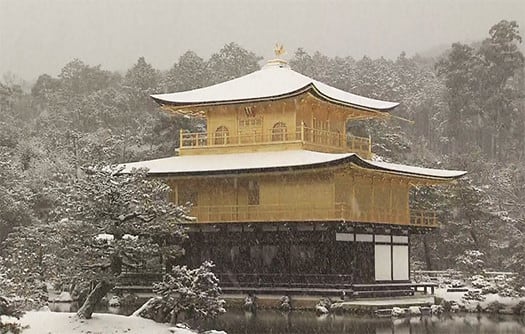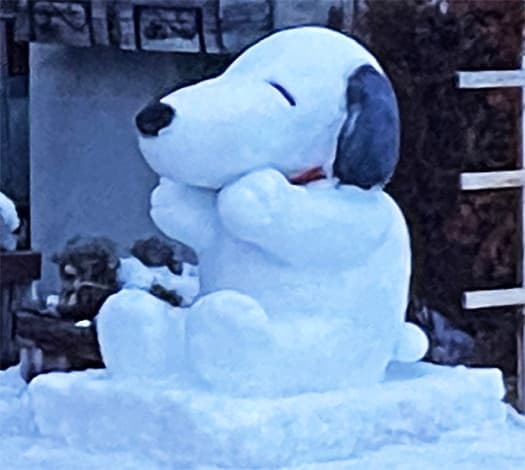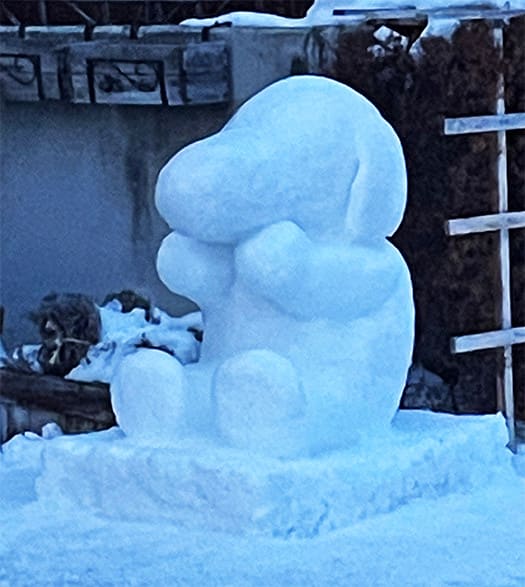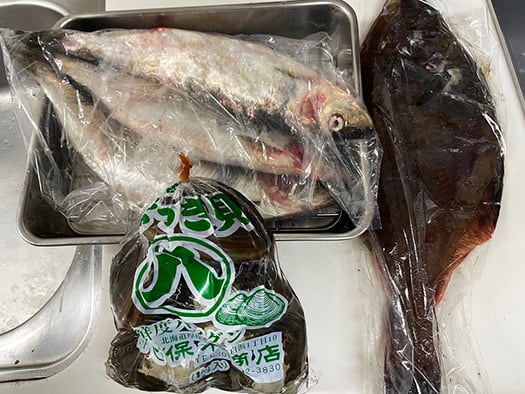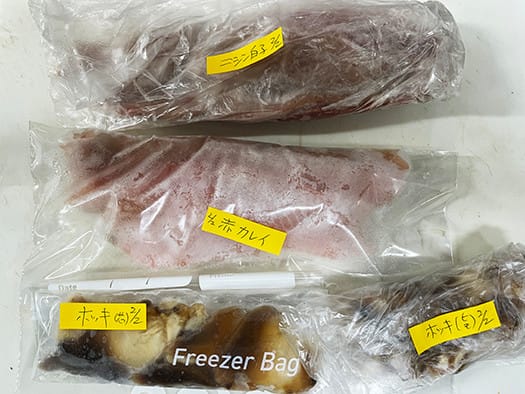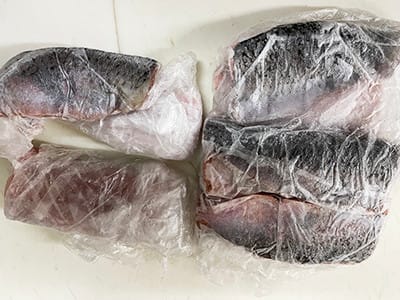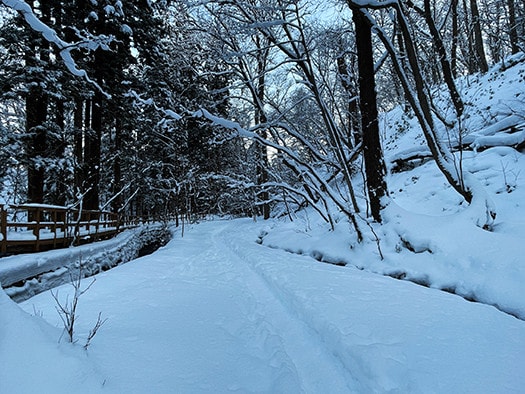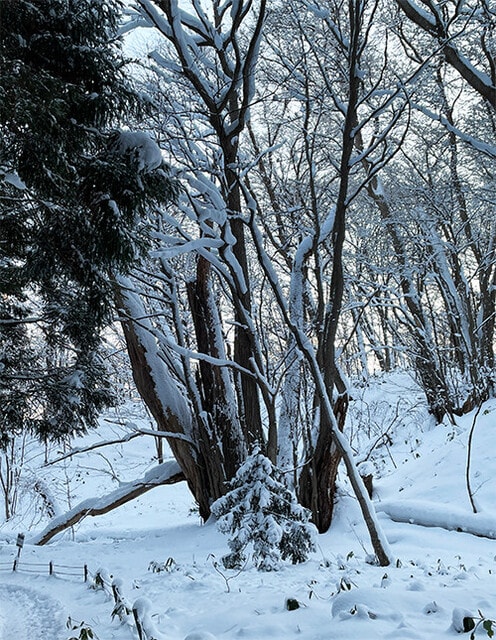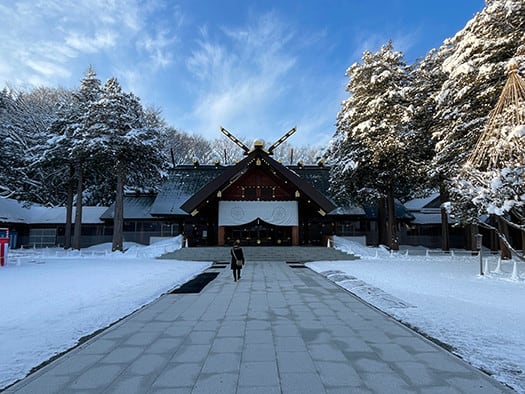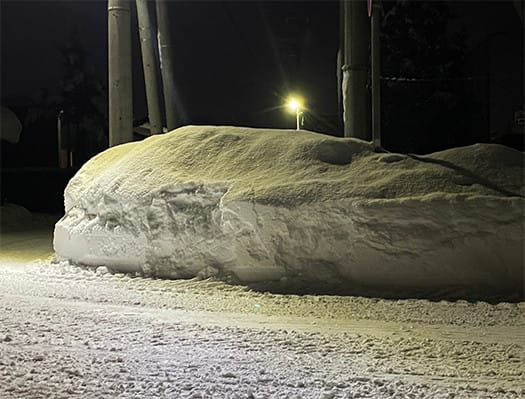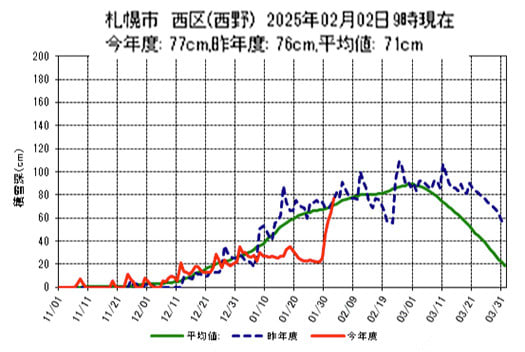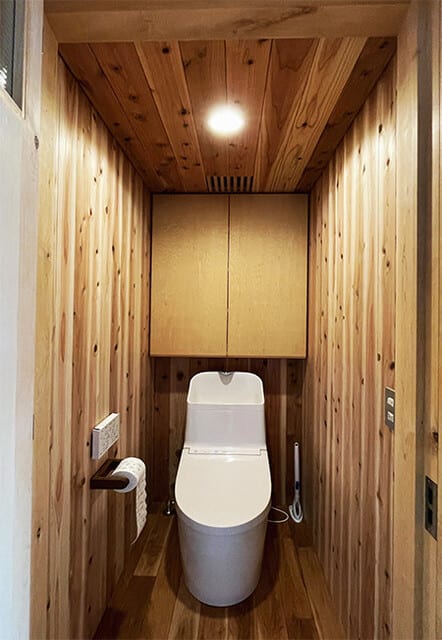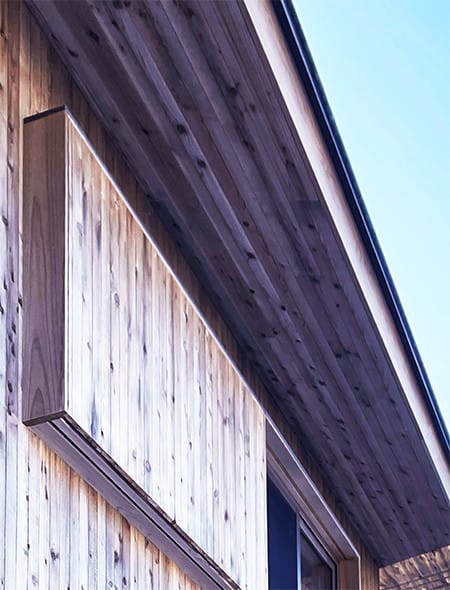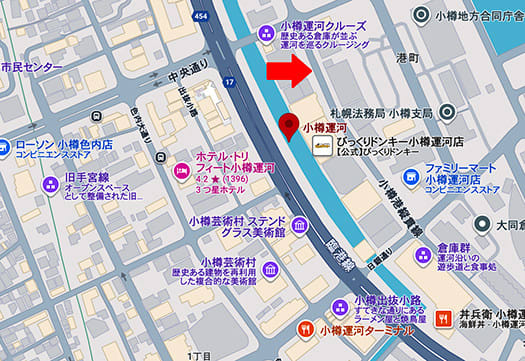
昨日、高齢夫婦の休日の過ごし方として、札幌市近郊の小樽市の温泉施設に向かっておりました。こちらはその泉質がカミさんの好みに合っているので、ここのところの雪かき作業でお疲れモードの彼女の肉体疲労回復に最適と判断しての温泉行脚。
小樽は明治14(1881)年 明治天皇の北海道行幸の上陸地。8月30日明治天皇は当時の参議・大隈重信らとともに軍艦「扶桑」で青森から小樽に上陸、札幌・手宮間の幌内鉄道の「義経号」で札幌に入られた。北海道の歴史にとってもきわめて重要な土地。そういう故地であるのでわたしのような年代の人間には、どこか、小樽は遠雷のように北海道で「日本が始まった」地域というような記憶心象がある。
すっかり国際的な観光地になってしまっている運河通りのメインストリート「臨港線」を避けて、上の地図にある裏道「小樽港縦貫道」を通って手宮方面に抜ける車道を往来するのが、日頃からのわたしたちのドライブルート選択であります。冬の道路脇に堆雪した大きな雪山のある小樽市街の様子も、青春期以来のいろいろな記憶残像があるので、高齢期の人間には人生ノスタルジックな脳内回想を刺激される。わたしの数寄。
そんな記憶回廊のなかを走行していたら、交差点でも信号があるワケでもないその道路脇の雪山の陰から突然、車道にアイスクリームを食べながら異様な毛糸帽子をかぶった男性が飛び出してくるではありませんか(!)。
咄嗟ではありましたが、脳内回想もあってクルマのスピードは控えめにしていたので、急減速して事なきを得ました。すでに日が高くなっていた晴天で道路面が表れていたので、スリップせず減速が効いたことも良かった。当方の必死の様子に別に悪びれる風もなく、その人物は自分だけの世界に閉じこもられて、なにごともなげに立ち去られていった。
まぁ確かめる術はありませんでしたが、風体からして海外観光客、それも全体状況からして某国の方であろうことも推認できた。運河街のレンガ造の倉庫古建築にさかんにカメラを向けているひとが異常に多かったことも状況を証立てている。
今朝のYahooニュースをチェックしたら、CNN発出の記事が見られていた。「映画「Love Letter」ロケ地の小樽市、観光客殺到でオーバーツーリズム深刻化CNN.co.jp」〜
わたしたちにできることとして、ぜひみなさん、くれぐれも普段の日常生活にお気を付けてください。
English version⬇
Dangerous overtourism encounters in Otaru
The daily lives of citizens in Kyoto and other cities are becoming increasingly difficult, but Hokkaido, a scenic beauty with snow, is now also facing a growing danger of overtourism. ...
Yesterday, as a way of spending a holiday for an elderly couple, we headed to a hot spring facility in Otaru City, a suburb of Sapporo. The quality of the hot springs here is to Kami's liking, so we decided it would be the best place for her to recover from the physical fatigue of shoveling the snow recently.
Otaru was the landing place of the Meiji Emperor's Hokkaido excursion in 1881, when he and his councilor at the time, Shigenobu Okuma, landed in Otaru from Aomori on the warship Fuso on 30 August and entered Sapporo on the Horonai Railway's ‘Yoshitsune-go’ between Sapporo and Temiya. This is an extremely important land in the history of Hokkaido. As such a place of origin, people of my age have a memory of Otaru as the place where ‘Japan began’ in Hokkaido, as if it were a distant thunderbolt.
Our daily driving route of choice is to avoid the main Canal Street ‘Rinko Line’, which has become an international tourist attraction, and take the back road shown in the map above, the ‘Otaru Port Traverse Road’, which leads to the Temiya area. The view of Otaru city with large snow piles composted on the side of the road in winter also stimulates nostalgic brain recollections of life for people in their old age, as there are various memory afterimages since their youth. My Sukiyoko.
As I was driving through such a memory corridor, a man in a strange woollen hat suddenly jumped out from behind a snowy mountain on the side of the road, where there was neither an intersection nor a traffic light, eating an ice-cream on the roadway (!).
I had to slow down quickly, but I had a recollection in my brain that the speed of the car was moderate, so I was able to slow down quickly and save the day. It was a good thing that the road surface was already sunny and the sun was already high in the sky, so the deceleration worked without slipping. The person who had been driving the car was not offended by our desperation, but kept to himself and walked away without a care in the world.
Well, there was no way to be sure, but I could guess that he was a foreign tourist from his appearance, and from the whole situation, I could also guess that he was from a certain country. The fact that there were an unusually large number of people pointing their cameras at the old brick warehouse buildings in the canal district also attests to the situation.
I checked Yahoo News this morning and found an article from CNN. The city of Otaru, where the film Love Letter was shot, is facing serious overtourism problems due to the influx of tourists.CNN.co.jp」〜
As for what we can do, we urge everyone to take care in their daily lives.












